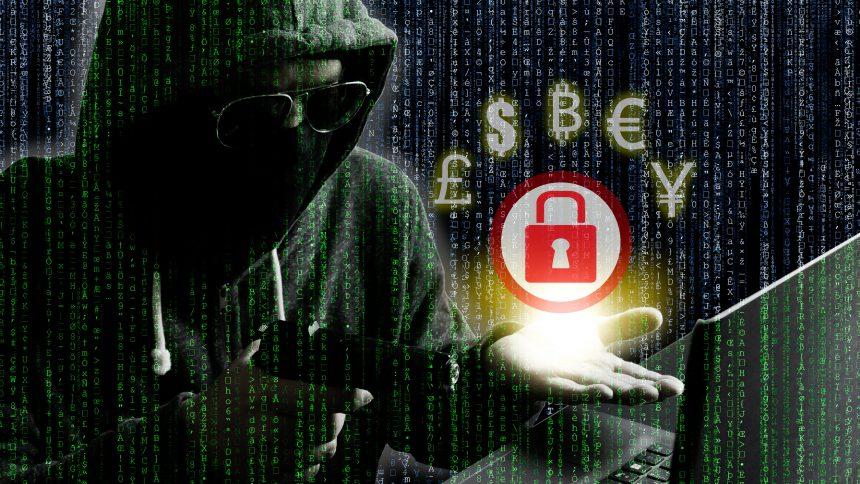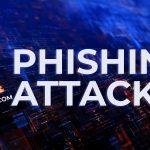Ransomware is a type of malicious software (malware) designed to encrypt files on a victim’s computer, rendering them inaccessible. Once the files are encrypted, the attacker demands a ransom payment from the victim in exchange for the decryption key. Ransomware attacks have grown increasingly common and sophisticated, targeting individuals, businesses, and even governmental organizations. The consequences of such an attack can be devastating, leading to loss of data, financial losses, and significant disruption of daily operations.
Overview of Pomoch Ransomware
Pomoch is a recent addition to the growing list of ransomware threats. Like many ransomware strains, Pomoch encrypts the victim’s files and demands payment in cryptocurrency to decrypt them. This malware is particularly insidious because it can infiltrate systems through various means and cause severe damage before the victim realizes they have been compromised.
How Pomoch Ransomware Functions
Installation and Infiltration
Pomoch ransomware typically infiltrates systems through phishing emails, malicious attachments, compromised websites, or software vulnerabilities. Users may unknowingly download the ransomware by clicking on a malicious link or opening a harmful attachment in an email that appears legitimate.
Once installed, Pomoch quickly scans the system for a wide range of file types to encrypt, including documents, images, videos, and databases. It targets both local drives and any connected network shares, maximizing the impact of its encryption.
Actions Performed Post-Installation
After installation, Pomoch begins its encryption process. It uses a powerful encryption algorithm to lock the files, appending a unique file extension to each encrypted file. For instance, the ransomware might add an extension like “.pomoch” to the files, changing “document.docx” to “document.docx.pomoch”.
Following the encryption, Pomoch generates a ransom note, typically named “READ_IT.txt”, and places it in every folder containing encrypted files. This note informs the victim of the attack, provides instructions on how to pay the ransom (usually in Bitcoin or another cryptocurrency), and threatens to permanently delete the files if the payment is not made within a specified timeframe.
Consequences of Pomoch Ransomware
The presence of Pomoch ransomware on a system can be devastating. Victims lose access to critical files, which can disrupt personal life or business operations. The ransom demanded is often substantial, and even if paid, there’s no guarantee that the attackers will provide the decryption key. This situation leaves victims with a difficult choice: risk losing their data permanently or comply with the attackers’ demands, potentially funding further criminal activities.
Symptoms of Pomoch Ransomware Infection
If your system is infected with Pomoch ransomware, you might notice several signs:
- Files have been renamed with an unusual extension (e.g., “.pomoch”).
- A ransom note named “READ_IT.txt” appears in multiple directories.
- Unusual system behavior, such as slow performance or the inability to open certain files.
- Unexplained communication with unknown external servers.
Text presented in this message:
YOUR PERSONAL ID:
–
/!\ YOUR COMPANY NETWORK HAS BEEN PENETRATED /!\
All your important files have been encrypted!
Your files are safe! Only modified. (RSA+AES)
ANY ATTEMPT TO RESTORE YOUR FILES WITH THIRD-PARTY SOFTWARE
WILL PERMANENTLY CORRUPT IT.
DO NOT MODIFY ENCRYPTED FILES.
DO NOT RENAME ENCRYPTED FILES.
No software available on internet can help you. We are the only ones able to
solve your problem.
We gathered highly confidential/personal data. These data are currently stored on
a private server. This server will be immediately destroyed after your payment.
If you decide to not pay, we will release your data to public or re-seller.
So you can expect your data to be publicly available in the near future..
We only seek money and our goal is not to damage your reputation or prevent
your business from running.
You will can send us 2-3 non-important files and we will decrypt it for free
to prove we are able to give your files back.
Contact us for price and get decryption software.
email:
pomocit01@kanzensei.top
pomocit01@surakshaguardian.com
* To contact us, create a new free email account on the site: protonmail.com
IF YOU DON’T CONTACT US WITHIN 72 HOURS, PRICE WILL BE HIGHER.
* Tor-chat to always be in touch:
qd7pcafncosqfqu3ha6fcx4h6sr7tzwagzpcdcnytiw3b6varaeqv5yd.onion
Detection Names for Pomoch Ransomware
Security software may identify Pomoch ransomware under different names, depending on the antivirus vendor. Some common detection names might include:
- Win32/Filecoder.Pomoch.A
- Trojan-Ransom.Win32.Pomoch
- Ransom.Pomoch.A
Similar Threats to Be Aware Of
Pomoch is part of a broader family of ransomware, and users should be aware of other similar threats, including:
- LockBit Ransomware: Known for its rapid encryption process and targeting of corporate environments.
- STOP/Djvu Ransomware: A widespread ransomware that appends extensions like “.STOP” or “.Djvu” to encrypted files.
- Maze Ransomware: A sophisticated ransomware that not only encrypts data but also exfiltrates it, threatening to publish the data if the ransom is not paid.
Removal Guide for Pomoch Ransomware
Removing Pomoch ransomware requires careful and methodical steps to ensure complete eradication and recovery of your files. Here’s a detailed guide:
Step 1: Disconnect from the Internet
To prevent further damage or communication with the attackers’ servers, disconnect your computer from the internet. This step can also help stop the ransomware from spreading to other devices on your network.
Step 2: Boot into Safe Mode
- Restart your computer.
- Press F8 (or the key specific to your system) during boot to enter Advanced Boot Options.
- Select Safe Mode with Networking and press Enter.
Step 3: Remove the Ransomware
- Download a reliable anti-malware tool such as SpyHunter.
- Install the software and run a full system scan.
- SpyHunter will identify and quarantine any malicious files associated with Pomoch ransomware.
- Follow the software’s instructions to remove the quarantined files.
Step 4: Restore Encrypted Files
If you have backups, now is the time to restore your files. Ensure your system is clean before doing this.
If you do not have backups, you can try using file recovery software or look for decryption tools specific to Pomoch ransomware. Be aware that these methods may not always be successful.
Step 5: Prevent Future Infections
- Keep Software Updated: Regularly update your operating system, antivirus software, and other programs to protect against vulnerabilities.
- Use Strong Passwords: Ensure all accounts have strong, unique passwords, and enable two-factor authentication where possible.
- Be Cautious with Email Attachments: Avoid opening attachments from unknown or suspicious sources.
- Backup Regularly: Maintain regular backups of your important files, using both cloud storage and offline methods.
Promote Anti-Malware Tool
To ensure your system is protected against future threats and to remove any remaining traces of malware, download SpyHunter and perform a full system scan. SpyHunter is a trusted anti-malware tool that can detect and remove a wide range of threats, including ransomware like Pomoch. Download SpyHunter Now and scan your computer for free!
Conclusion
Pomoch ransomware is a dangerous malware that can cause significant harm to your data and disrupt your life or business. By following the steps outlined in this guide, you can remove the ransomware, recover your files, and take preventative measures to protect against future attacks. Remember to stay vigilant and keep your systems secured with the latest security updates and trusted antivirus software.





